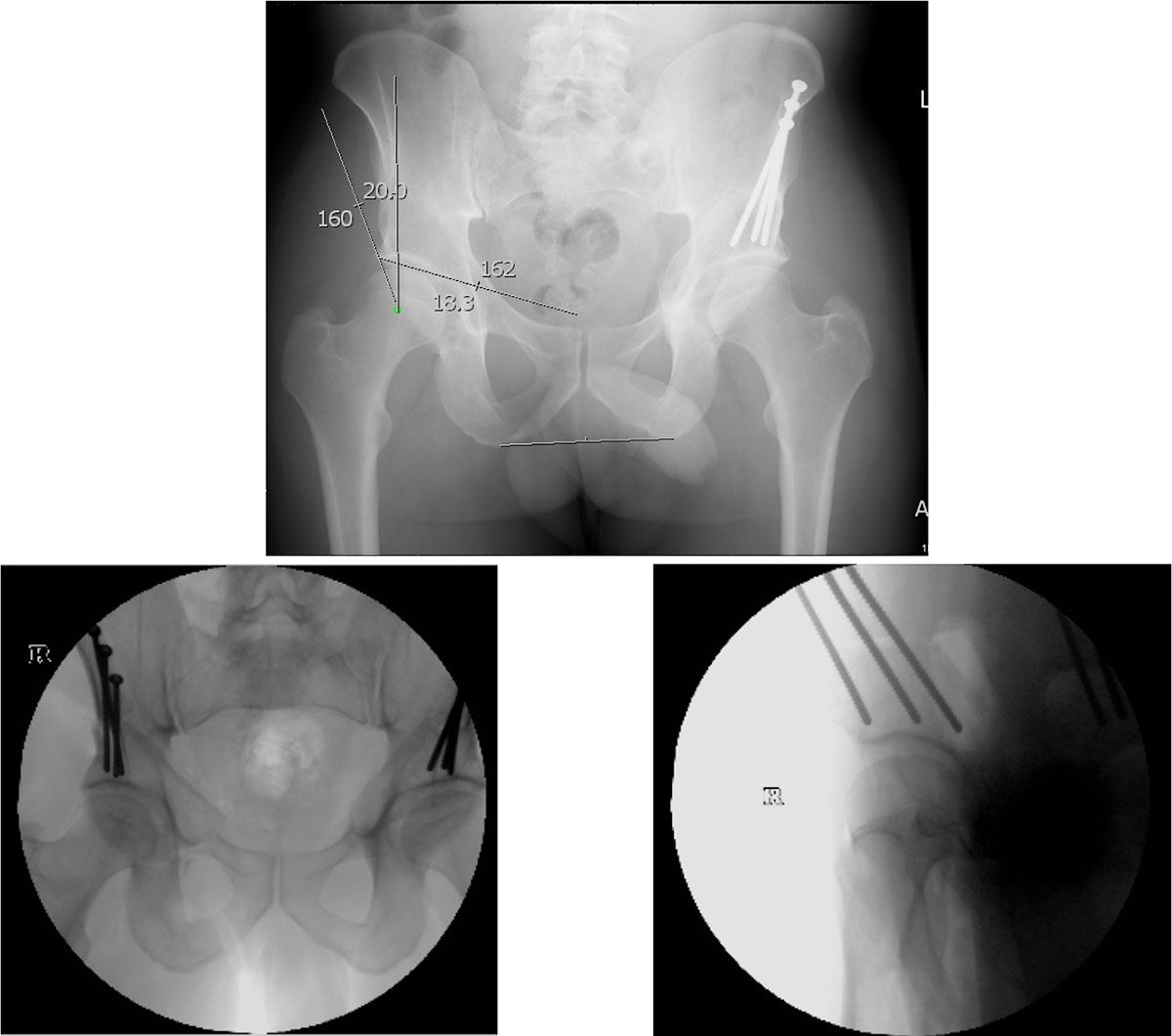Hip Dysplasia
Hip dysplasia is a combination of hip shape problems, best characterised by an acetabulum (hip socket) that is too shallow (acetabular dysplasia).
Dr Agolley is a hip surgeon on the Gold Coast who has a special interest in young adults with hip dysplasia. Hip dysplasia may be very difficult to diagnose and often goes undiagnosed for a long time. Dr Agolley will guide you through your diagnosis and management regimen to help minimise pain and prolong the life of your hip.
Features of Hip Dysplasia
Features of hip dysplasia include:
- Acetabular dysplasia
- An enlarged labrum
- Torn labrum
- A shallow acetabulum
- Excessive anteversion of the acetabulum
- Wear of the cartilage (arthritis)
- Small femoral head
- A high angled (valgus) femoral neck
- Narrow femoral canal
- Excessive anteversion of the femoral neck
Hip Dysplasia is also known as:
- Developmental dysplasia of the hip (DDH)
- Congenital Dysplasia of the Hip (CDH)
- Developmental dislocation of the hip
- Hip dislocation
- Acetabular dysplasia
Acetabular Dysplasia
The main feature of hip dysplasia that contributes to pain in the hip is the acetabular dysplasia (shallow socket). The hip joint is a ball and socket joint, were the ball (head of the femur or thigh bone) and the socket of the pelvis (acetabulum) come together to form the hip joint. Acetabular dysplasia is an underdevelopment of the hip socket where the acetabulum develops too shallow over time. The shallow socket may be too shallow to contain the femoral head with adequate stability. Thus there is instability and subluxation of the hip leading to labral tearing, early arthritis of the hip joint, and hip pain.
What are the symptoms?
Typically, patients with acetabular dysplasia that do not present in childhood, tend to not have any symptoms until young adult life. Pain in the front and side of your hip usually presents during or after exercise, and there may be an associated click, clunk or catching sensation in your hip. Acetabular dysplasia is more common in women, and can carry a genetic inheritance pattern. Some patients may have had childhood hip problems or a family history of hip problems, however many patients have never had any hip problems prior. The pain is initially mild and niggling, but progresses to a constant ache and can cause you to give up your athletic pursuits, stop work, and in extreme situations be wheel chair bound due to severe pain.
As the radiographic (X-ray) features of acetabular dysplasia can be very subtle, it is not uncommon for patients to have x-rays and be seen a health professional and told “there is nothing wrong with your hip joint”. This then sets off a journey through multiple health professionals managing a misdiagnosis of inguinal hernia or “pulled groin” that does not get better. Patients misdiagnosed can suffer for years until the correct diagnosis is made. If left untreated, symptomatic acetabular dysplasia may lead to osteoarthritis at a young age.
What investigations will be required?
Standing AP X-rays of the pelvis and shoot through lateral X-rays of both hips plus modified Dunn view of both hips is essential. An MRI or CT scan is usually not required for initial consultation. Dr Agolley will request further scans if deemed necessary.
When should I have surgery?
Dr Agolley will guide you through treatment of your hip dysplasia. There may be a period of non-surgical management with targeted injections and physical therapy. If non-surgical treatment fails to control your pain, then Dr Agolley will discuss your surgical options with you.
The periacetabular osteotomy (PAO) is a surgical procedure to reorient the direction of the socket, to better cover the femoral head, and improve stability of the hip joint. PAO is technically demanding procedure. The procedure should only be carried out only by surgeons well trained or experienced in its technique. Dr David Agolley has completed a fellowship in minimally invasive PAO with Mr. Johan Witt (who learned the procedure by the inventor of the procedure and now retired, Professor Ganz) at UCLH London, UK.
The aim of PAO, is to improve the pain coming from the hip, and to improve the patients function with return to an active lifestyle. It is also anticipated that the risk of developing osteoarthritis in the hip joint is reduced in the long term, depending on the pre-existing damage of the hip joint prior to joint preserving procedure

Periacetabular Osteotomy
Periacetabular osteotomy (PAO), is a procedure used to redirect the socket of the hip joint to improve coverage over the femoral head. This may improve the stability of the hip and minimise or eliminate hip and groin pain.
More Information
For more information, see the International Hip Dysplasia Institute.
